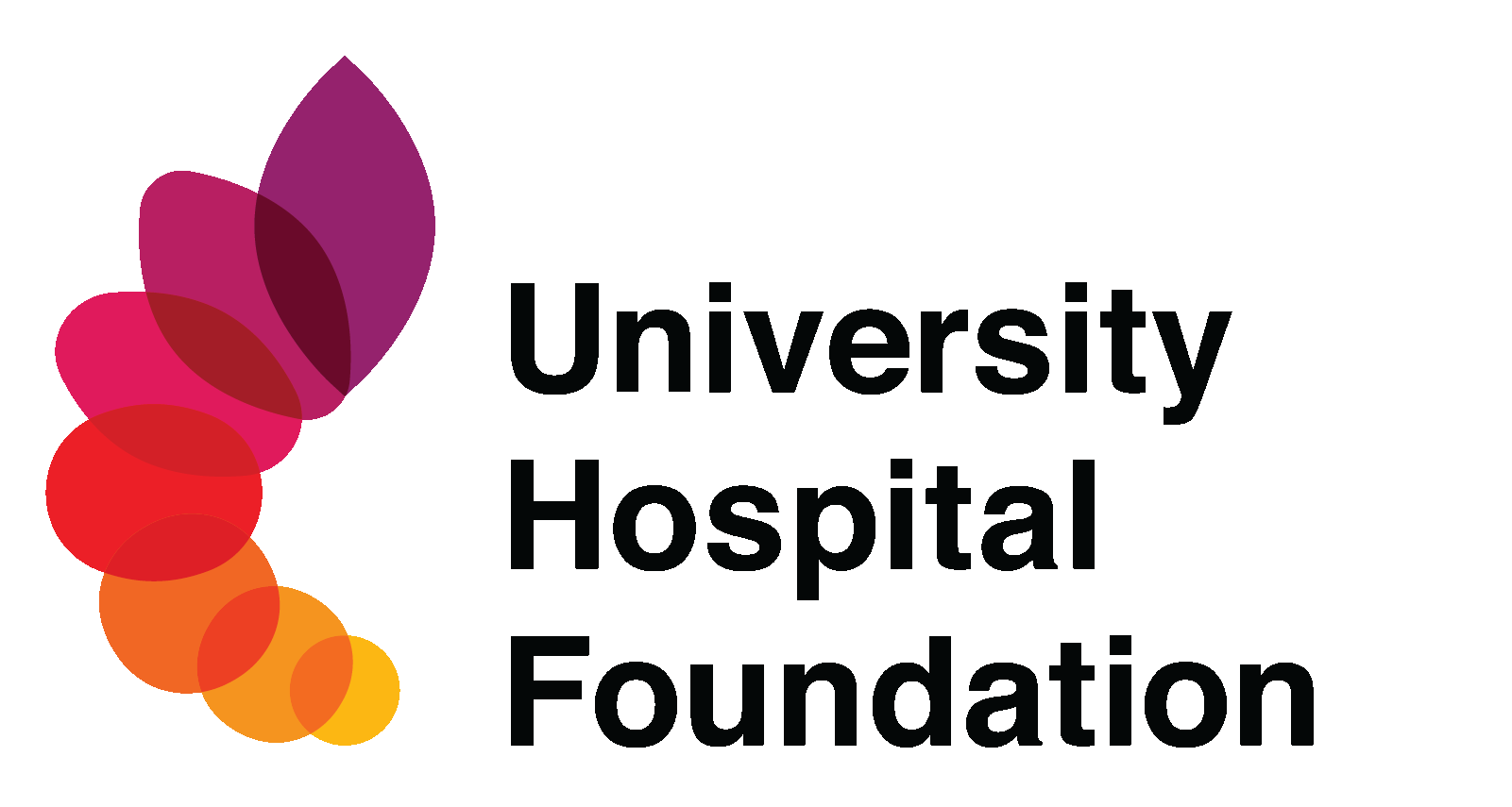Kaye Competition 2023 Winner: Dr. Grace Lam
The COVID-19 pandemic presented many challenges for delivering and receiving medical care around the world, and the full extent of its effect may never be known. However, pulmonologist Dr. Grace Lam wants to understand its impact on the general health of her patients with chronic obstructive pulmonary disease (COPD).
While the effect of COVID-19 infections on lung disease patients has been explored, given the risk of severe outcomes for these individuals, there’s more to learn about the pandemic’s impact on their overall health and access to health care even if they were never infected.
“There’s been a lot of work done looking at the direct impacts of COVID-19, but not as much on the secondary impacts of living through a global pandemic. How were people’s access to emergency or acute care impacted? Did mortality increase?” asks Dr. Lam.
An initial study explored these questions in the first 18 months of the pandemic and compared it to the 18 months before. The findings of this study, published in 2024, found that while COPD patients didn’t go to the emergency department or get hospitalized as often as before, the mortality went up, and it was independent of COVID infection. This next study, funded by the Kaye Competition, is going to look at the data for the rest of the pandemic and beyond.
“The initial study findings seemed to suggest that there was a fear of catching COVID-19, so people didn’t seek care. Now we will look at this data through the rest of the pandemic to see what changed. Did people become more comfortable over time? Did the relaxing of public health measures make a difference? Did healthcare utilization increase?”
In addition to the retrospective look, the project will do future modelling to help project what outpatient and inpatient utilization could look like to support resource planning going forward.
“This is complicated research. There are millions of data points, so we need the right expertise on our team to extract and analyze the data,” says Dr. Lam. “The funding from the Kaye Competition will help us take this work to the next level to hire personnel to do more complex work and make sense of the data.
“We live in a resource-strapped environment. I think the findings will be helpful for policymakers and resource planners to know what the needs have been and what they’re going to be. As a care provider, it’ll give me information on how I can modify my care for patients so I can address any gaps or barriers they might have experienced inadvertently as a result of living through a pandemic. How can we proactively improve our care delivery for this patient population?”
Dr. Lam hopes this research can help us all be better prepared – as healthcare providers and as patients – for future pandemics.
Share this article
Facebook
Twitter
LinkedIn

